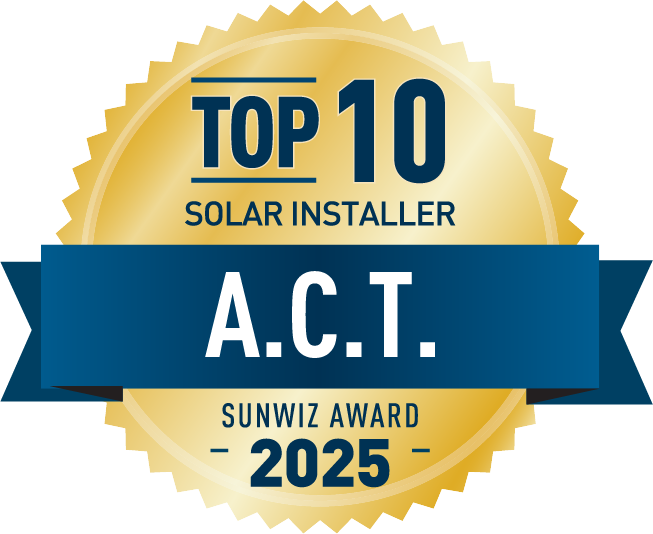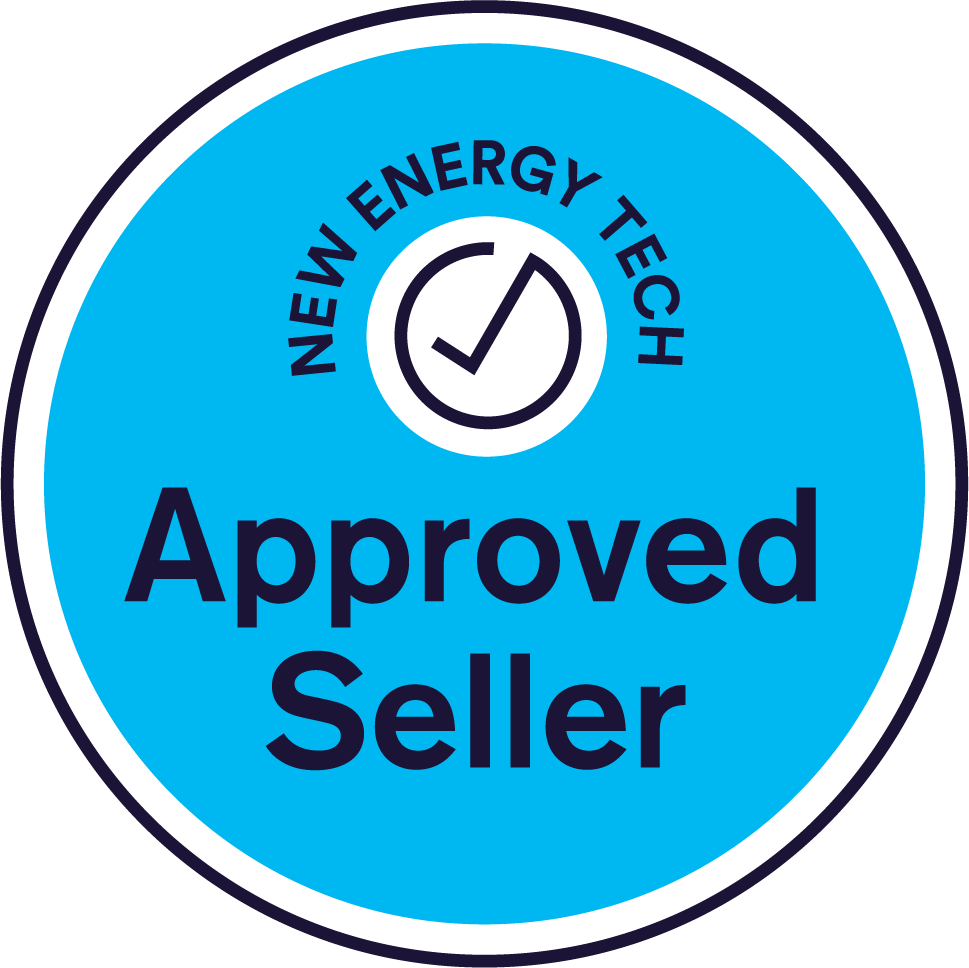Solar Power System Maintenance & Troubleshooting:
Solar panels require virtually no maintenance. However the associated equipment such as batteries and charge controller are to be maintained. Once a fortnight the surface of the panels should be wiped clean with wet rag to remove dust, fallen leaves, bird dropping etc. Only water to be used and no other cleaning agent. With Solar Panel Secondary battery maintenance becomes minimum. Still general periodical maintenance of battery should be carried out in usual manner and as per maintenance manual. For efficient working of SPV system certain precautions are to be observed as given below
Check our exclusive deals and offers for solar - Solar Offers
Precautions and Preventive Steps, Please ensure that:
a) SPV Modules are connected in parallel and SPV Panel output voltage is less than 25 Volts under normal sunshine condition (for 12 V System/Module)
b) All connections are properly made tight and neat using the crimped Red (for +ve) and Black (for –ve) wires supplied by the manufacturer in order to avoid reverse connection.
c) The rating of the fuse in the charge controller is not changed.
d) The SPV Panel is installed facing SOUTH and with the correct ‘Angle of tilt’.
e) There is no shadow on any part of the SPV Panel at any time of the day, to get maximum power.
f) SPV Modules are protected against any act of vandalism and accidental strike or hit by heavy objects, like stone, hammer etc. If the SPV Panel is installed on ground, it must be fenced properly to protect it from cattle and to prevent from any damage/theft. Fencing should be made in such a way that no shadow should fall on SPV Panel at any time of the day.
g) Battery Bank is placed on a rack or platform insulated from ground and located in a well-ventilated room and also sufficient clearance is there over the battery.
h) FIRST the Battery Bank, then SPV Panel and then Load is connected to SPV Charge Control Unit and for disconnection reverse sequence is adopted.
i) Battery terminals are never shorted even momentarily as shorting will result in HEAVY SPARK AND FIRE. (To avoid the same connect the cable at Charge Controller end ‘First’ and then Battery end.)
j) Never connect the Load directly to the SPV Panel as SPV Panel may give higher/lower voltage than required by the Load Equipment and hence the equipment may be DAMAGED permanently.
k) Blocking diode is provided at the array output for protection against reverse polarity
l) Make sure that the Solar PV module gets direct sunlight throughout the day where you install it.
m) The Green indicator on Charge controller is only an indication for charging. It will glow even at small amount of charging. So to ensure efficient charging, the availability of direct sunlight over the Solar PV module for the maximum hours of the day should be ensured.
n) It is NOT HEAT BUT LIGHT that produces energy. So let direct sunlight to fall on the module surface without shades
Troubleshooting
The SPV Power Source is reliable Source of Electrical energy. However, there may be rare instances, when the SPV Power Source is not able to drive the connected equipment.
The diagnosis of the problem in such situations starts with the battery. Check the voltage of the battery bank. If the voltage of the battery bank is correct as indicated in Charge controller, there may be problem in the inverter or switch between load and inverter i.e. either inverter is tripped or switch/load MCB is tripped or load fuse is blown off. If none of the above fault is observed then check the specific gravity of the electrolyte in the secondary cells of the battery.
There may be two cases:
a) If the specific gravity is above the level 1.2 (Hydrometer reading 1200) value or as specified in the maintenance manual, it implies that the battery is in order and the problem would be either with the Charge Controller or Load. Disconnect the load (S & T Equipment) from Charge Controller and connect it directly to Battery Bank. If the equipment operates, the defect may be with the Charge Controller. Disconnect the Charge Controller and check as per troubleshooting instructions given in the manual supplied with it or inform the manufacturer/supplier.
b) If the specific gravity of the electrolyte is below the specified level and BATT/LOW (Red)) LED is glowing, the problem may be with any of the following:
i. Load: This may be drawing more current from the battery than required. In such case, battery is bound to get discharged, even if SPV Panel is functioning properly. This would result in frequent tripping of the load. To avoid this, get the load equipment checked and replace any defective components.
ii. SPV Panel: The SPV Panel may not be producing required power for which the
Power Source has been designed. In that case, check the SPV Panel as given
below:
1) Check for any loose connection/breakage of wire in SPV module interconnections.
2) If there is no such loose connection, clean the SPV Modules with soft cloth. Whenever there is bright sunshine, measure the voltage and current of each module after disconnecting the wire. Open circuit voltage of each module should be around 21 volts and short circuit current should be as per table given under Para 6 depending upon the wattage of the module, at 100 mW/Sq.cm AM 1.5 Solar radiation.
3) If any of the SPV modules gives low voltage/current output during bright sunlight (Sun intensity 90 mW/Sq. cm) inform the manufacturer/Supplier with module serial number along with the measurement taken, for necessary investigations. iii.
iii) Failure of blocking diode: Blocking diode fails in short circuit and open circuit mode. If it is failed in short circuit mode, voltage across its terminal will be zero in place of 0.7 V while charging current flows through it. When it fails in open circuit mode, the current will not flow through the diode. The diode may be checked as per standard method of checking of diode by removing from the circuit.
Feel free to contact us for further assistance regarding your solar power system, we will be more than happy to assist you with all the required support at the earliest.



